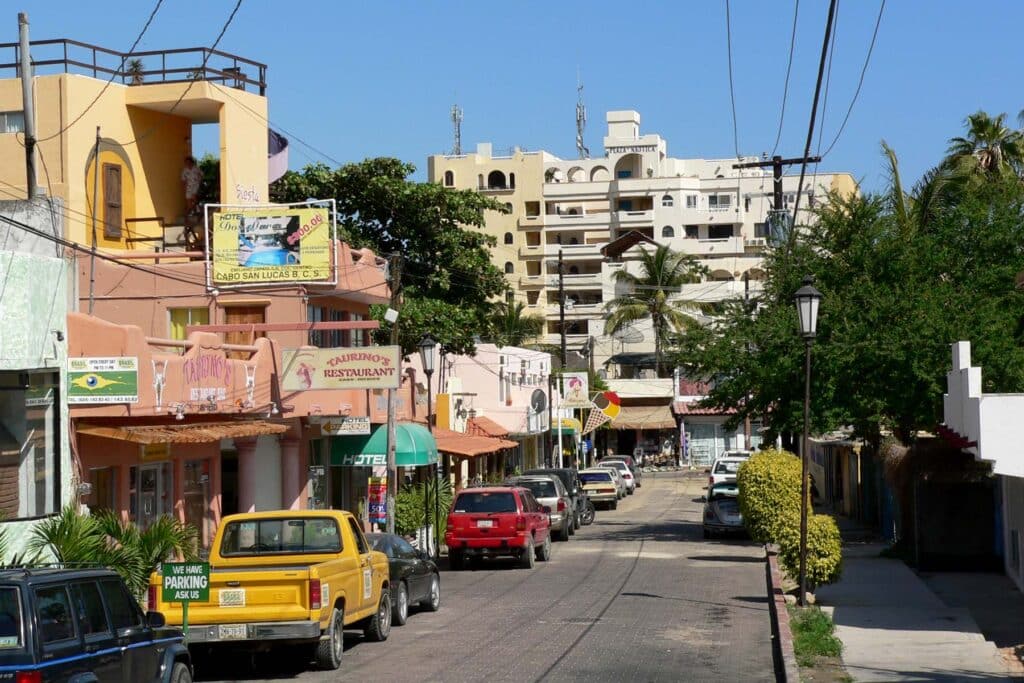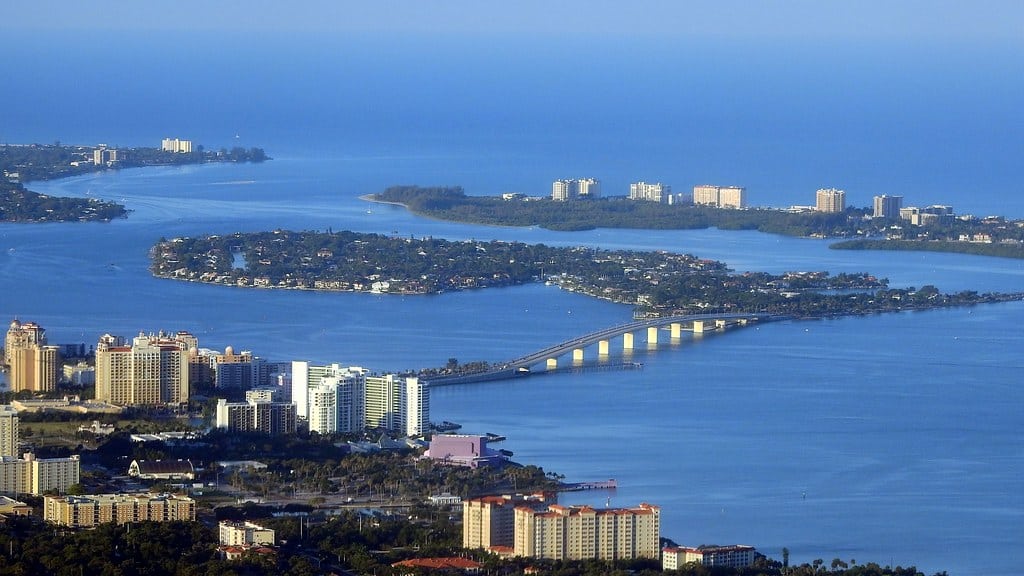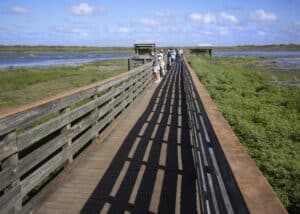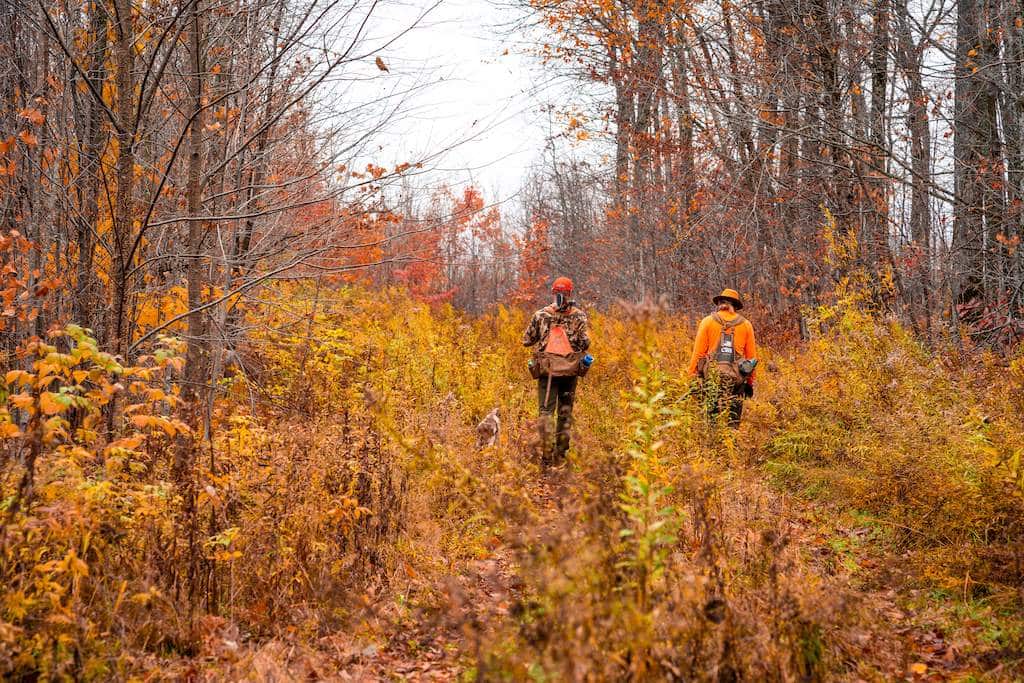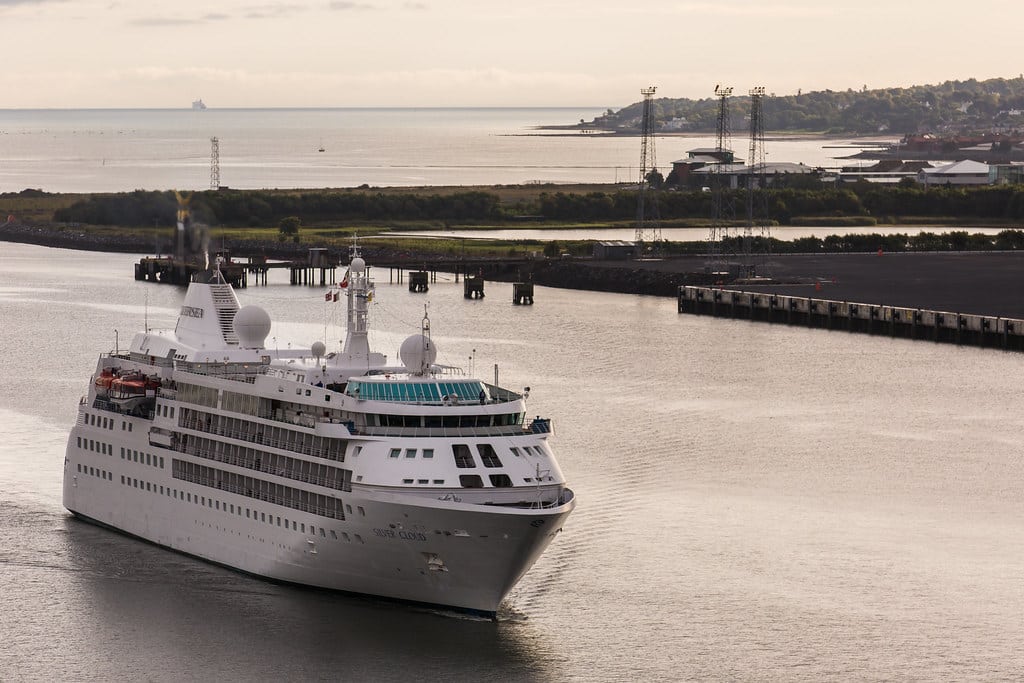Why Visit San Jose del Cabo
Nestled at the southern tip of Mexico’s Baja California Peninsula, San Jose del Cabo is a charming destination known for its old-world appeal, vibrant art scene, and tranquil beaches. This laid-back town offers a cultural contrast to its lively neighbor, Cabo San Lucas, making it an ideal retreat for those seeking relaxation and authenticity. Wander through cobblestone streets, explore the historic Art District, or unwind by the serene Playa Palmilla—San Jose del Cabo is the epitome of sophistication and calm.
Purpose of the Guide
Are you torn between the quiet elegance of San Jose del Cabo and the energetic buzz of Cabo San Lucas? This guide will help you decide which destination suits your travel style—or how to experience the best of both worlds. You’ll learn about their unique attractions, proximity, and practical tips for a seamless trip to Baja California Sur.
Section 1: Overview of San Jose del Cabo and Cabo San Lucas
San Jose del Cabo
San Jose del Cabo is a cultural gem with a rich history and a relaxed ambiance. Its historic Art District is a focal point for travelers, featuring local galleries, craft shops, and seasonal events like the Art Walk. The iconic Mission San Jose del Cabo, dating back to the 18th century, anchors the town’s charm and provides a glimpse into its colonial past.
The beaches in San Jose del Cabo are known for their calm, family-friendly vibes. Playa Palmilla offers safe swimming, while Playa Costa Azul is a favorite among surfers. The town’s dining scene, rich in fresh seafood and traditional Mexican fare, completes its allure.
Cabo San Lucas
In contrast, Cabo San Lucas is a hub of activity, adventure, and nightlife. Known for its iconic El Arco (The Arch), this bustling destination attracts travelers seeking water sports, lively beach scenes, and unforgettable nightlife.
The Marina serves as the heart of Cabo San Lucas, surrounded by luxury resorts, restaurants, and bars. Medano Beach offers a vibrant atmosphere, perfect for swimming, jet skiing, and parasailing. When the sun sets, Cabo San Lucas transforms into a nightlife mecca, with world-famous clubs like El Squid Roe and Mandala keeping the party alive.
Comparing the Two Destinations
- San Jose del Cabo: Perfect for travelers who enjoy art, culture, and a slower pace.
- Cabo San Lucas: Ideal for those seeking adventure, nightlife, and a vibrant social scene.
Section 2: Things to Do in San Jose del Cabo
Explore the Art District
The Art District in San Jose del Cabo is a vibrant cultural hub that celebrates creativity in all forms. Nestled in the heart of the historic downtown, this area is a must-visit for travelers who appreciate art, craftsmanship, and local culture. The district features a wide array of galleries and studios showcasing paintings, sculptures, photography, and handcrafted jewelry by both local and international artists.
One of the district’s highlights is the seasonal Art Walk, held every Thursday evening from November to June. During this lively event, galleries stay open late, and the streets come alive with music, street performers, and food vendors. Visitors can sip on a glass of wine, meet the artists, and even purchase unique pieces of art directly from their creators. Beyond the galleries, the surrounding streets offer charming cafes and boutique shops, perfect for a leisurely evening stroll.
Visit Mission San Jose del Cabo
The Mission San Jose del Cabo stands as a historic and spiritual cornerstone of the town. Originally established in 1730 by Jesuit missionaries, this iconic church has endured centuries of transformation while retaining its cultural significance.
The mission’s façade is simple yet striking, featuring whitewashed walls and a traditional bell tower that contrasts beautifully with the blue Baja skies. Inside, the mission exudes a sense of tranquility, with rustic wooden pews and a modest altar that reflects its colonial roots. Visitors can explore the mission’s small courtyard, which often serves as a peaceful retreat from the bustling town.
For history enthusiasts, the mission provides insights into the region’s colonial past and its role in shaping local traditions. It’s also a fantastic spot for photography, particularly during golden hour when the light accentuates the building’s timeless beauty.
Relax on the Beaches
Playa Palmilla
Playa Palmilla is a crescent-shaped beach known for its calm, clear waters and serene atmosphere. It’s one of the few swimmable beaches in the area, making it a favorite for families with children and anyone looking to enjoy a safe and relaxing day by the sea. The beach is also popular for snorkeling, with vibrant marine life visible just a short swim from the shore. Amenities such as shaded palapas and clean restrooms enhance the experience, making it an excellent spot for picnics.
Playa Costa Azul
For a more adventurous beach experience, Playa Costa Azul is the go-to destination. This beach is renowned for its surfing conditions, with consistent waves that attract surfers from around the world. Whether you’re a seasoned pro or a beginner eager to learn, the beach offers surf schools and rental shops to get you started. After a day in the waves, relax at the beachfront cafes or soak up the laid-back vibe that Costa Azul is known for.
Dine at Local Restaurants
San Jose del Cabo’s culinary scene is a delightful blend of traditional Mexican flavors and innovative, farm-to-table cuisine. Foodies will be spoiled for choice, with options ranging from casual taco stands to upscale dining establishments.
- Mi Cocina: A charming restaurant located in Casa Natalia boutique hotel, serving Mexican and Mediterranean-inspired dishes in a cozy courtyard setting.
- Flora Farms: This farm-to-table oasis offers fresh, organic dishes in a rustic yet elegant atmosphere. The seasonal menu features ingredients grown on-site, making every meal a celebration of local produce.
Seafood enthusiasts should sample regional specialties like ceviche, fish tacos, and chocolate clams, a local delicacy named for their distinctive shell color. Pair your meal with a glass of mezcal or a refreshing margarita for the full Baja experience.
Nature and Wildlife Tours
Estero San Jose
The Estero San Jose is a lush estuary that serves as a vital habitat for hundreds of bird species, making it a paradise for birdwatchers and nature enthusiasts. Stroll along its walking paths, or join a guided tour to learn about the diverse flora and fauna that thrive in this unique ecosystem. Keep an eye out for herons, egrets, and other migratory birds, as well as the occasional crocodile basking in the sun.
Whale-Watching Tours
From December to April, San Jose del Cabo becomes a prime location for whale-watching. Humpback and gray whales migrate to the warm waters of Baja California Sur to breed and raise their calves, providing spectacular viewing opportunities. Tours typically depart from the nearby marina and offer the chance to witness these majestic creatures up close. Many operators also provide educational insights, making the experience both thrilling and informative.
Section 3: How Far is San Jose del Cabo from Cabo San Lucas?
Distance and Travel Time
San Jose del Cabo and Cabo San Lucas are located just 20 miles (32 kilometers) apart, with a travel time of approximately 30 to 40 minutes by car. The proximity of these two towns makes it easy for travelers to explore both destinations during their trip.
Transportation Options
Driving
Renting a car is the most convenient way to travel between San Jose del Cabo and Cabo San Lucas. The drive along the Tourist Corridor is straightforward, with well-maintained roads and clear signage. This scenic highway offers breathtaking views of the Sea of Cortez and access to luxury resorts, golf courses, and secluded beaches.
Shuttles and Taxis
Most hotels and resorts provide shuttle services for their guests, which is a hassle-free option for those who prefer not to drive. Taxis are also widely available, though they can be expensive compared to other transportation options.
Public Transportation
Budget travelers can use colectivos, local minibusses that run between the towns. While they are the most affordable option, they may take longer and have limited space for luggage.
What to See Along the Tourist Corridor
The Tourist Corridor is not just a route; it’s a destination in itself, offering:
- Luxury Resorts: Indulge in the opulence of properties like One&Only Palmilla and Las Ventanas al Paraíso, which feature world-class spas, dining, and oceanfront views.
- Golf Courses: Tee off at championship courses designed by legends like Jack Nicklaus, offering challenging layouts and stunning scenery.
- Scenic Views: The drive provides plenty of opportunities to stop and capture picturesque ocean vistas, dramatic cliffs, and hidden coves.
Section 4: San Jose del Cabo vs Cabo San Lucas: Choosing the Right Destination
For Families
- San Jose del Cabo: Its peaceful atmosphere, walkable downtown, and family-friendly beaches like Playa Palmilla make it an excellent choice for families with younger children.
- Cabo San Lucas: Older kids and teens may prefer the energetic vibe of Cabo San Lucas, with activities like snorkeling, jet-skiing, and glass-bottom boat tours at Medano Beach.
For Couples
- San Jose del Cabo: With its romantic restaurants, boutique hotels, and quiet charm, San Jose del Cabo is perfect for couples seeking a relaxing escape.
- Cabo San Lucas: Couples looking for nightlife and adventure will find plenty of excitement in Cabo San Lucas, from vibrant clubs to thrilling excursions.
For Adventure Seekers
- San Jose del Cabo: Offers surfing at Playa Costa Azul and kayaking through the estuary for a mix of adventure and nature.
- Cabo San Lucas: Excels in adrenaline-pumping activities, including scuba diving, parasailing, zip-lining, and ATV tours in the surrounding desert.
For Art and Culture Lovers
- San Jose del Cabo: The Art District and historic sites like the Mission San Jose del Cabo make it a haven for art and history enthusiasts.
- Cabo San Lucas: While not as culturally rich, Cabo San Lucas offers colorful street art and live performances near the Marina.
Section 4: San Jose del Cabo vs Cabo San Lucas: Choosing the Right Destination
For Families
- San Jose del Cabo: The town’s peaceful atmosphere and family-friendly beaches like Playa Palmilla make it a top choice for families with young children.
- Cabo San Lucas: Families with older kids may enjoy the excitement of water sports and activities like snorkeling and glass-bottom boat tours at Medano Beach.
For Couples
- San Jose del Cabo: Romantic restaurants, boutique hotels, and tranquil surroundings create the perfect setting for couples.
- Cabo San Lucas: Energetic couples who enjoy nightlife and adventure will thrive here.
For Adventure Seekers
- San Jose del Cabo: Surfing at Playa Costa Azul and exploring the estuary.
- Cabo San Lucas: Scuba diving, parasailing, and thrilling excursions like zip-lining and ATV tours.
For Art and Culture Lovers
- San Jose del Cabo: The Art District and historic landmarks make it a paradise for those seeking culture and creativity.
- Cabo San Lucas: While art isn’t the main focus here, you’ll find vibrant street art and cultural performances at the Marina.
Section 5: Tips for Visiting San Jose del Cabo
Best Time to Visit
- Whale-Watching Season: December to April is ideal for spotting migrating whales.
- Art Walk Season: November to June brings lively Thursday evenings in the Art District.
- Weather: Fall and spring offer pleasant temperatures, avoiding the summer heat.
Getting Around
Renting a car is the easiest way to explore the region, but taxis and shuttles are convenient for short trips. Biking is another great option within San Jose del Cabo’s compact downtown.
What to Pack
- Lightweight clothing for warm days and a jacket for cooler evenings.
- Comfortable walking shoes for exploring galleries and historic sites.
- Swimwear, sunscreen, and a hat for beach outings.
Local Etiquette
- Respect Local Customs: Greet locals with a friendly “Hola” or “Buenos días.”
- Tipping: 10–15% is customary in restaurants and for service providers.
- Beach Safety: Observe warning flags for swimming conditions.
FAQs
What’s the main difference between San Jose del Cabo and Cabo San Lucas?
San Jose del Cabo is quieter and more focused on culture, while Cabo San Lucas is lively and adventure-oriented.
Can you visit both in one trip?
Yes! The towns are close enough for day trips or split stays, offering the best of both experiences.
Conclusion
San Jose del Cabo and Cabo San Lucas each offer unique experiences that cater to different travel styles. From the artistic charm of San Jose del Cabo to the thrilling adventures of Cabo San Lucas, Baja California Sur has something for everyone.
Whether you’re an art lover, beach enthusiast, or adrenaline junkie, these two destinations promise unforgettable memories. Start planning your Baja California adventure today and discover the magic of San Jose del Cabo and Cabo San Lucas!



